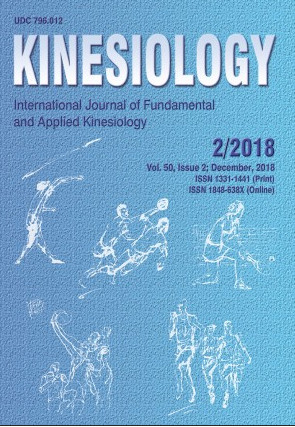This study aimed to investigate the effects of the whole-body vibration (WBV) exercise with and without blood flow restriction (BFR) on heart rate (HR), oxygen saturation (SpO2), and circulating vascular endothelial growth factor (VEGF) response. Ten physically inactive male adults participated in this study and completed WBV (frequency: 26 Hz; amplitude: 4 mm; 10 sets for 1 min, with 1-2 min of rest between sets) and WBV + BFR sessions in a repeated measures crossover design, with a 1-week interval separating the sessions. In the WBV + BFR session, participants wore a BFR device inflated to 140 mmHg on the proximal portion of the thigh muscle. Results indicated that WBV + BFR caused a greater HR response than WBV alone (p<.05). Neither WBV + BFR nor WBV sessions caused a significant change in SpO2 (p>.05). Only the WBV + BFR session caused a significant increase in the VEGF response (p<.05), and WBV + BFR elicited a significantly higher VEGF response than did WBV after exercise (p<.05). In conclusion, an acute bout of WBV + BFR exercise magnifies the HR response relative to WBV exercise and induces an increase in circulating VEGF values. These alterations seem unrelated to systematic SpO2.
Sažetak

 Kinesiology : 50,2(2018) / editor-in-chief Dragan Milanović.
Kinesiology : 50,2(2018) / editor-in-chief Dragan Milanović.